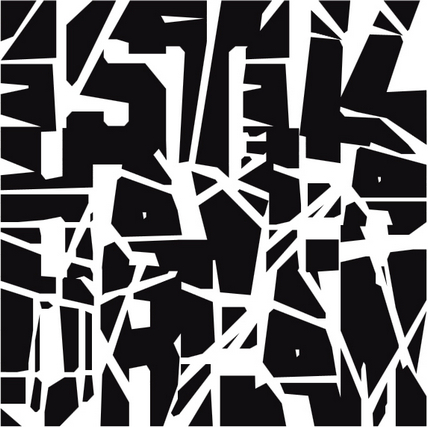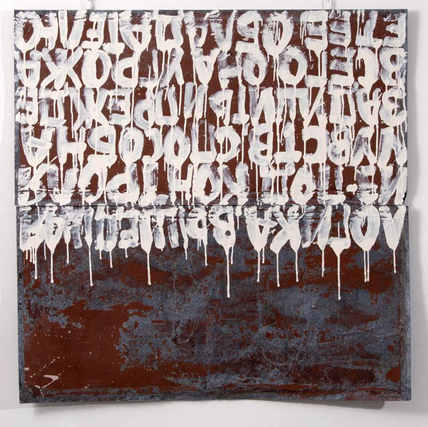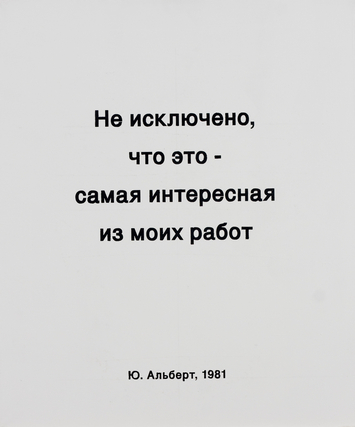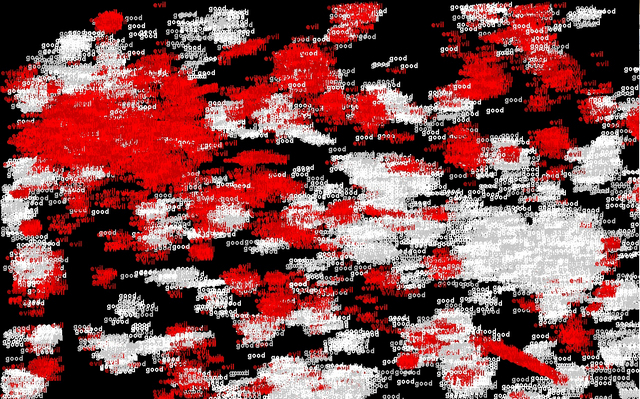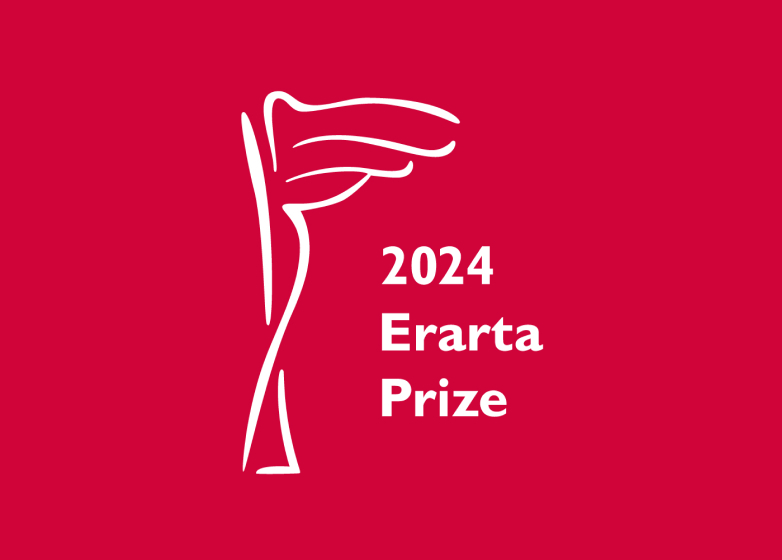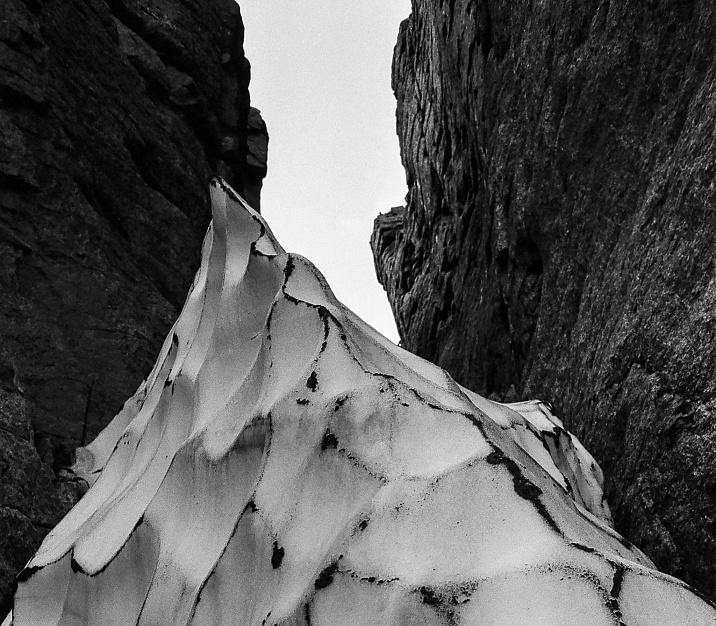The group project “Intertext” explores the question of text and image interpenetration
Any conscious thinking is interrelated with a language and speech, and is subject to their structure. Language is the main social communicative means. It presents an established system of signs and codes within a particular context. Each of these signs is formed according to the relations between the signifier and the signified, the binary opposition proposed by the founder of structuralism, the French linguist Ferdinand de Saussure. The canvas of text gets born from a uniform system of signs. Although we are used to perceiving the text as a visualization of verbal speech activity, any set of codes with a certain meaning, can be considered a text.
The concept of intertextuality, announced in the exhibition title, refers to the post-structuralist linguistic theory. Entered by a French philosopher Julia Kristeva, it claims that the ‘author-reader’ line of relationship is enough within the text existence. She identifies another axis, connecting all the texts together. Each text contains and reflects all the previous texts, percept by the reader or the author from the environmental sign codes. Thus the text penetrates all the cultures, their various phenomena and symbolic origins. The text, as well as its elements, is inseparable from the relationship of meaning and visual representation.
An artwork, if it has its own system of signs, is comparable to a language or a text. A post-structuralist philosopher Roland Barthes called ‘text’ any image, containing a statement. It could be a photograph, a motion picture or a poster. Any subject or meaningful message in visual arts is limited by language, and exists only within its boundaries; it is also characterized by the sequence and pattern of reading. An artwork, percept as a text, is always associated with its narrative environment, which often refers to the external conceptual field.
In contemporary art, the text is increasingly becoming a way of plastic expression, an artistic media. At the same time, almost any practice of contemporary art is inseparable from the process of writing the author's text. Back in the 60s conceptualism proclaimed the primacy of the idea over the object. In order to replace the object by the very idea the artists now turn to the text, as its material carcass.
The exhibition features contemporary artworks with textual or linguistic basis. Following the predecessors, the authors of ideographic writing of the ancient world, Classical and medieval visual poetry, and the avant-garde artists and conceptualists, the contemporary authors continue to use the text as a bodily matter of logic, and a visual and verbal means of expression.
The exhibition brings together both Moscow conceptualists (Dmitriy Prigov, Yuri Albert, Andrey Filippov) and contemporary european and russian artists working within the raised problematics.
Some artists, such as Leonid Tishkov, Nikita Alexeev, Victor Umnov, and Babi Badalov, can be equally considered writers, since their visual images complement their textual creatures.
Contemporary text in the form of digital or figure poetry is often created using computer technologies. Generating an image by various digital codes, the media poets and video artists Natalia Fedorova, Anna Tolkacheva, and Charles Sandison partially delegate their role to the machine.
A part of the exhibition, presented by works of Tania Mouraud, Victor Panov, Maxim Ksuta, EvgeniyDobrovinskiy and Ilya Grishaev, is dedicated to the symbolic image as a graphic element, automatic writing and calligraphic practice. Not only the signs, but also the gaps between them, the intentional concealment or understatement become a means of artistic expression.
Such artists as Semen Motolyanets, Georgyi Ostretsov, and Valery Chtak use texts as slogans, tags or symbols associated with popular culture, politics and social intercourse. The text slogans mark the very nature of social communication, based on the same sign system.
Each text, featured at the exhibition, is not a separate statement, but only a fragment of the universe verbal-textual structure. The texts, presented by the artists in various forms, don’t always require reading; very often they just serve a reminder or a link to the other texts outside the exhibition space. The exposition does not imply an immediate and consistent reading; it rather serves a starting point for numerous narrations. Intertextuality becomes not just a research vector, but the practice itself.
Participants: Nikita Alexeev, Uriy Albert, Nadezhda Anfalova, Babi Badalov, Evgeniy Dobrovinskiy, Ilyia Grishaev, Ludmila Konsatntinova, Olya Kroytor, Maxim Ksuta, Georgiy Litichevsky, Semen Motolianets, Denis Patrakeev, Sergei Pakhomov, Dmitriy Prigov, Tania Mouraud, Georgyi Ostretsov, Charles Sandison, Marina Smorodinova, Leonid Tishkov, Anna Tolkacheva, Andrey Filippov, Alexandr Tsikarishvili, Victor Umnov, Natalia Fedorova, Dmitriy Shagin, Kristina Yatkovskaya.
Curator of the exhibition — Elizaveta Shagina.

